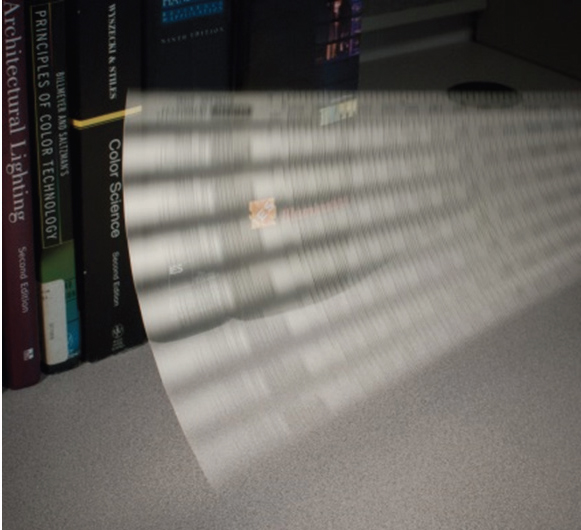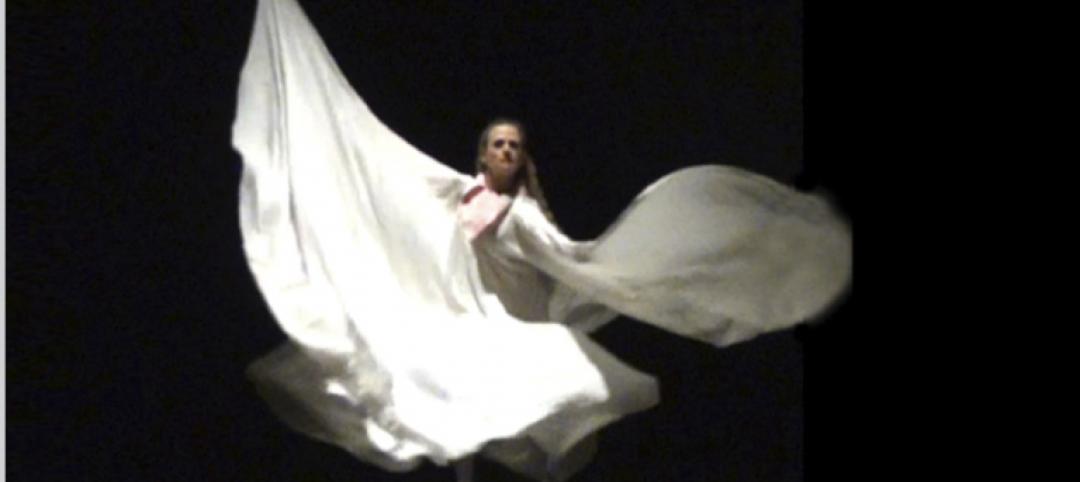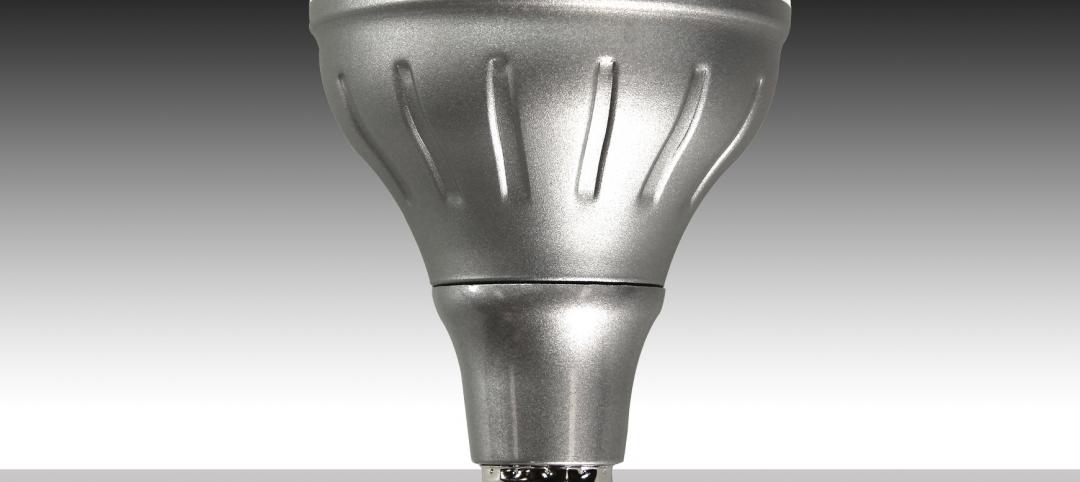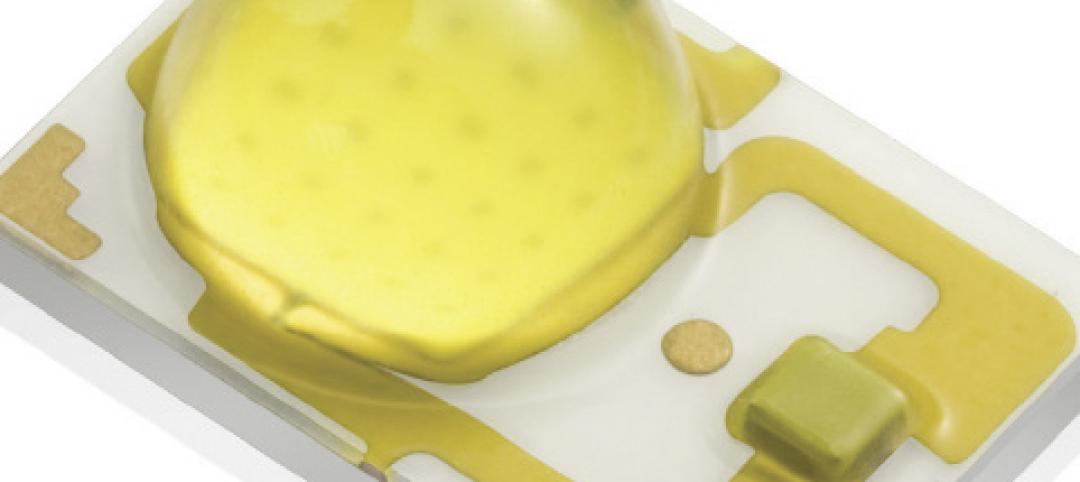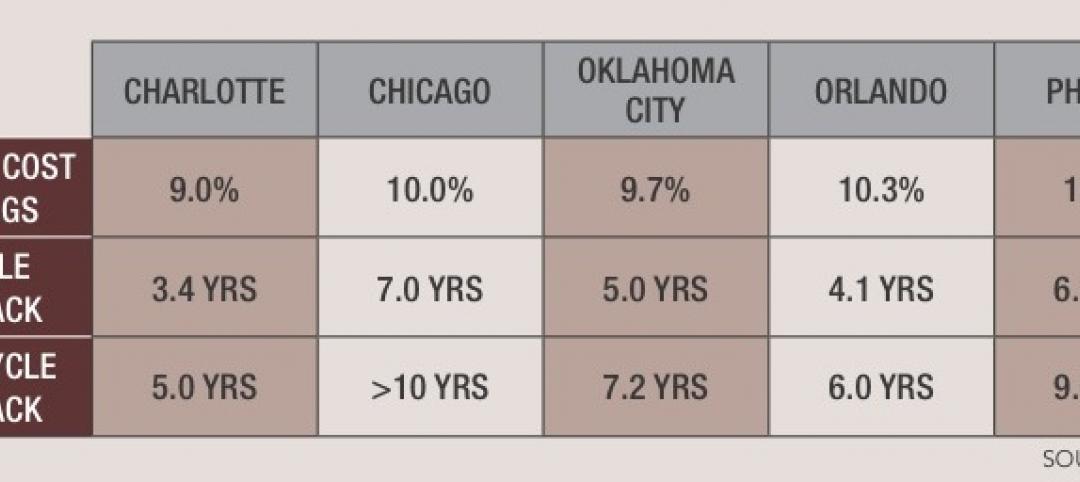This fact sheet discusses flicker metrics, contributing factors, and consequences in addition to comparing the flicker attributes of a sample of conventional and LED sources.
The advancement of commercially available LED products is reopening discussions on how the performance of light sources should be evaluated. This includes questions about the necessity of characterizing light sources for flicker, the (potentially visible) temporal variation of emitted light. While conventional light sources operating on alternating current (AC) modulate light output, the variety and severity of modulation seen with LED products — from good to poor — has sparked new interest in quantifying and understanding its impact.
Published by the U.S. Department of Energy, March 2013.
Related Stories
Sponsored | Performing Arts Centers | Jan 17, 2024
Performance-based facilities for performing arts boost the bottom line
A look at design trends for “budget-wise” performing arts facilities reveals ways in which well-planned and well-built facilities help performers and audiences get the most out of the arts. This continuing education course is worth 1.0 AIA learning unit.
Sponsored | BD+C University Course | Apr 1, 2022
Video surveillance systems for multifamily housing projects
This introductory course provides detailed technical information and advice from security expert Michael Silva, CPP, on designing a video surveillance system for multifamily housing communities – apartments, condominiums, townhouses, or senior living communities. Technical advice on choosing the right type of cameras and optimizing the exterior lighting for their use is offered.


